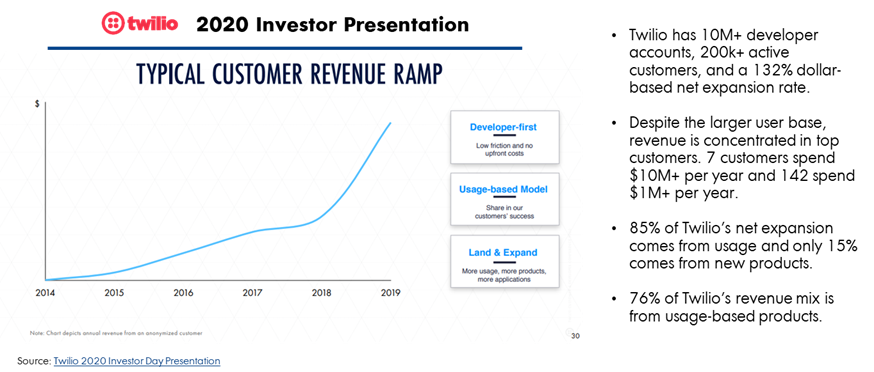That sounds like a tiny number, considering how every company, vendor and tech journalist talks about the cloud. Would you expect it to be higher?
I’ve quizzed a few people on this over the years; most guess it is between 25-30%. If you break down the 3%, AWS has the clear lead:
47% AWS, 15% Microsoft, 7% Alibaba, 4% Google, 2% IBM
This is a strong indicator there is considerable unrealised value for your Private Equity firm and for your portcos by getting more workloads into the cloud.
While on the other end of the value spectrum, corporate IT focus’ solely on the overall cost of technology platforms or systems, they typically see the cloud as an extension of this world.
Corporate IT’s focus is leaving unrealised value on the table.
The key to leveraging the cloud for Private Equity in 2022 is understanding the cost per user.
Cost per user is a financial representation of the cost to service each customer.
The sum of logical maps of your system details the relationship between business > service > application > infrastructure metrics.
But, translating business demand to technology demand isn’t common practice and the cloud won’t magically make your application or service more efficient.
If you don’t measure the relationship between what a user does and how much technology you use, you can’t predict it.
If you don’t predict it, how do you know what targets to set or what good looks like?
How do I know if my portfolio companies understand and leverage their cost per user?
The simplest way is to ask them.
- Can they draw the logical map of their system for you?
- Can they back that up with data?
- Can their report how this changes over time?
If they can’t, then they have some homework to do.
Thomas
You can sign up for more ‘unconsidered needs’ below.
If you would like to sign up for more ‘unconsidered needs’ direct to your inbox you can do so below.

